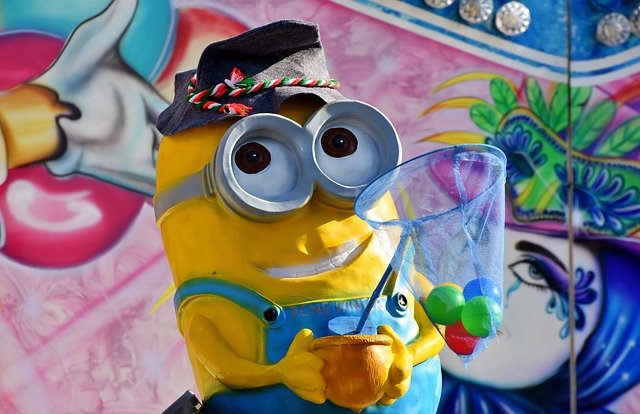Today we celebrate International Animation Day. This is observed annually on October 28th to recognize the artists, the scientists, and the technicians behind animated art in publication or movies.
The animation is a method in which pictures are manipulated to appear as a moving image. In traditional animation, images are drawn on paper or painted by hand on transparent celluloid sheets to be photographed to use for films.
Today, animation has advanced so much due to technology. Most animations nowadays are made with computer-generated imagery or CGI. Computer animation can be a very detailed 3D animation, while 2D computer animation is commonly used for stylistic reasons or low bandwidth, or for faster real-time renderings.
Normally the effect of the animation is achieved by a rapid succession of sequential images that minimally differ from each other. The illusion, as in motion pictures, is thought to rely on the phi phenomenon and beta movement, but the exact causes are still uncertain. Television and video are popular electronic animation media that originally were analog and now operate digitally. On computers, animated GIF and Flash animation techniques were developed.
This day commemorates the first public performance of Charles-Émile Reynaud‘s Théâtre Optique at the Grevin Museum in Paris, 1892. In 1895, the Cinematograph of the Lumière brothers outshone Reynaud’s invention, driving Émile to bankruptcy. However, his public performance of animation entered the history of optical entertainments as shortly as predating the camera-made movies.
Every day we witness the importance and beauty of animation in different types of media. It spreads in commercial theatres – featuring 3D animation and special effects, on TV, publicity, music industry, cross-media, internet, but, and most especially, it develops and grows as an art form, through shorts, multimedia and feature films, created by independent authors, artists, students, and children from all over the world.
So, today, celebrate this day by recognizing the works of all the animators and graphic designers out there. Share on social media honoring people with extraordinary talent in animation using #InternationalAnimationDay.
1905 George Bernard Shaw’s “Mrs. Warren’s Professions” is performed in New York
On October 28, George Bernard Shaw’s play Mrs. Warren’s Profession, which dealt frankly with prostitution, is performed at the Garrick Theater in New York. The play, Shaw’s second, had been banned in Britain. After only one performance, puritanical authorities in New York had the play closed. On October 31, the producer and players were arrested for obscenity, but a court case against the play failed to convict playwright, producer, or actors. Although some private productions were held, the show wasn’t legally performed in Britain until 1926.
Shaw was born in Dublin, Ireland, and left school at the age of 14 to work in a land agent’s office. In 1876, he quit and moved to London, where his mother, a music teacher, had settled. He worked various jobs while trying to write plays. He began publishing book reviews and art and music criticism in 1885. Meanwhile, he became a committed reformer and an active force in the newly established Fabian Society, a group of middle-class socialists. His first play, Widowers’ House, was produced in 1892.
(excerpted from https://www.history.com/this-day-in-history/george-bernard-shaws-mrs-warrens-profession-is-performed-in-new-york)


